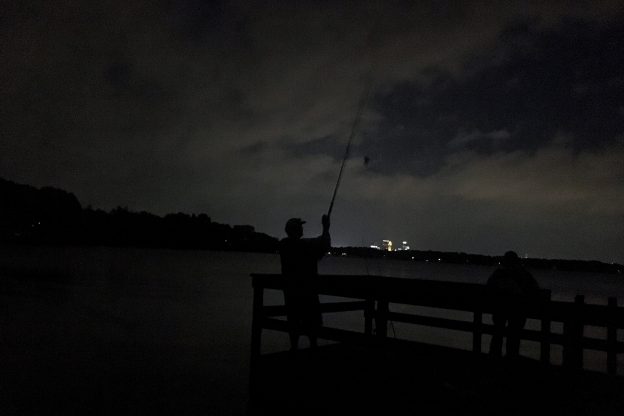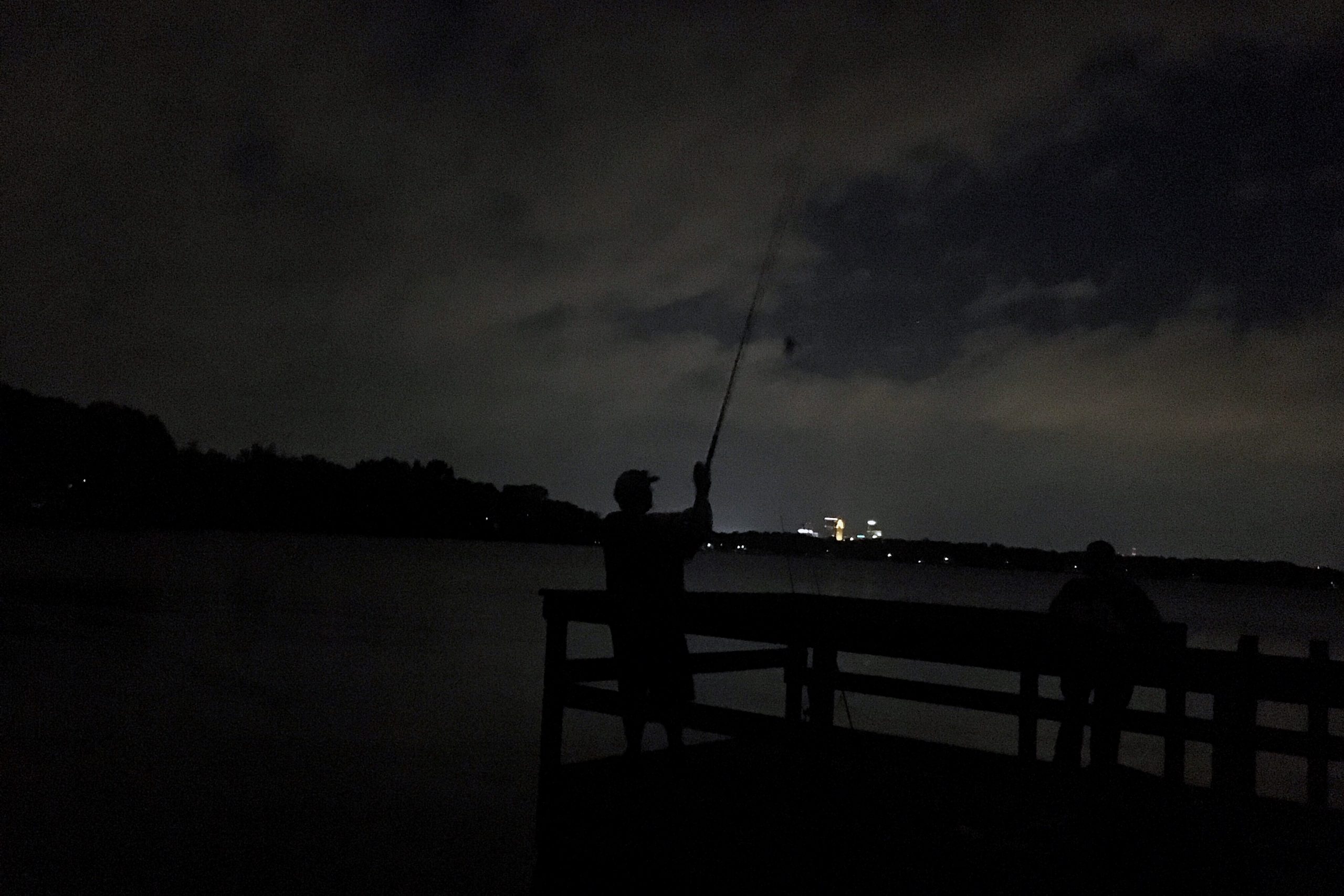with photography by SUMMER XU
2020 has been a year of difficulty: in lockdown, in protest and uprising, in the continued rise of nationalist, totalitarian political movements. In these conditions, many seek escape, departure. How can this desire for flight be integrated with the demands of ethics, solidarity, and the urgency of “staying the course”?
MAGGIE RYAN SANDFORD
My childhood was a childhood. We didn’t have much money, but my blood is all white people who have lived on colonized North American land for 150–300 years—long enough for some of us to have stuff, long enough for some of us to expatriate, even. All of that equals privilege: the whiteness, the choice to fuck off someplace else. When I was real small, I dreamed of following that latter path: live overseas, safari the infinite details of the unfamiliar. Then, sixth grade, I had to start reading the news for Current Events Bingo. That’s when I learned there was more pain and injustice in the world than could fit on a hundred thousand bingo pages. One night in particular, I boiled over. I raged. I grieved my dopey, spilled-milk innocence. I was embarrassed I didn’t know sooner. That’s privilege. I also realized that night that I had to commit to fixing some of the mess and pain. I realized I could probably do the most if I stayed where I’m from, helped fix it from the inside—the devil I knew. That choice is a privilege. To have a home is a privilege. To choose to fight for one’s home is a privilege.
I get to know the world through science, from here, from home. In the natural world, anything that’s left home forever has been forced to do so, in the form of displacement or extinction. Animals return. They leave for a while to rest, find more hospitable environs, recharge, remind themselves of what their various homing grounds have to offer. But they return to their birthplace. To breed there, giving it to the next generation. They’ll die for it. Because that’s the movement—generation to generation—that’s the movement that matters. Death, that’s not extinction. No movement, that’s extinction.
JERMAINE SINGLETON
Black Escape as Speculative in Ta-Nehisi Coates’ The Water Dancer:
In The Erotic Life of Racism, Sharon Patricia Holland invokes Michael Jackson’s nod to what she calls the “ontological might” of race that is “too high to get over” and “too low to get under.” We can never fully account for and thus remediate these forces of inequity because they manifest within the ontological region, between the workings of racial ideology and socio-political policy. As Emilie Townes reminds us, “[W]e tend to use images—stereotypes and caricatures—as valid representations of ourselves, or each other, and don’t understand the ways in which the imagination shapes these images.” Glancing retrospectively from the Black Lives Matter movement to the emergence of the Student Non-Violent Coordinating Committee, the politics of racial uplift dredged up an equally powerful politics of racial resentment that persists in increasingly pressing ways. Everybody knows: white supremacists are the nation’s greatest terror threat. What is more, the disciplining function of the racial state works from both outside and within the resistance efforts of minoritized peoples and allies to achieve its ends. As I’ve noted elsewhere,
“In neoliberal political, social and economic life, individual failures and vulnerabilities are often attributed to things inherent and unchanging in one’s own character, rather than to social, cultural and political influences and forces. Institutions and the people therein are thereby absolved of the structural application of the oppression they engineer.”
Minoritized individuals and communities are “stuck in the middle” of what James Baldwin called “the cage of reality” that they did not construct yet reify through their acts of revolt and, most distressing, by simply being in the world. Indeed, in my social circle, the longing for Black expatriation is increasingly palpable when there is no safe place to go in our neoliberal, COVID times.
The thrust of Black life in the face of these binds is resolutely speculative. To “say yes to [Black] life” on these terms is to link it to conjecture and possibilities on the basis of incomplete information emerging from the collision of “glory and doom.” Over the past few years, Black speculative fiction has taken shape in my life as a juggernaut, as both an imaginative and material form of escape. Published in 2019 on the four hundredth anniversary of the year the first Africans were brought to North America, Te-Nehisi Coates’ The Water Dancer enters the pantheon of Black speculative fictions of slavery aiming to direct the trajectory of Black futurity by invoking the historical past of racial slavery for an audience of contemporary readers who are claimed by the past in countless, unreciprocated ways. Before Coates, it was George Orwell who insisted that those who control the present also control representations of the past and, thereby, control the future.
In The Water Dancer, Coates’ play with the details of history is liberal and strategic. Coates creates a fictional world that violates the “realist protocols of history,” moving toward more discerning models of contemporary political agency. Coates takes full advantage of the postmodern turn toward the incredulity of narratives of the past while advancing the “world making” power of representation. Coates incorporates the time-bending narrative and aesthetic device of “conduction” that allows both the novel’s protagonist, Hiram, and contemporary readers to traffic back and forth across time and social space in ways that dislodge racial identities from the “ontological might” of race underwritten by the history of slavery and its (mis)representations. For both Hiram and contemporary readers, the epic journey back and forth through the protagonist’s buried social memory holds a cracked mirror to the surface of the most coveted principles of our pluralist, racial democracy. Readers are situated at the vexed intersection of the text’s imaginative rendering of the nation’s historical past of racial slavery and what coheres, somewhere between the pages of the novel and the reader’s imagination, as outmoded progressive narratives (like freedom, equality, racial emancipation, etc.) that shaped the post-Emancipation racial imagination.
Ultimately, Coates highlights the status of Black freedom as an enigma wrapped in a riddle, an ideological proposition that hides a disjunction between its symbolic form and practical substance for those invited to live “freely” after an experience that negates (and moreover, has done so systematically) the concept of an autonomous self. Hiram’s journey from “finding freedom” to “living free” is far from allegorical; its moral and political lessons are embodied. What’s more, the eruptions, evasions, and abrupt transitions that characterize Hiram’s experiences with conduction work through the reader’s racial imagination to disassemble and renegotiate the terms of Black freedom in ways that are attuned to both the traumatic legacy of US chattel slavery and its contemporary effects. From this imaginative space, history and the contemporary moment are no longer anchors; they shore up as guideposts.
MAGGIE RYAN SANDFORD writer
Maggie Ryan Sandford is a writer, researcher, performer, and multimedia producer on a mission to increase educational equity and scientific literacy through the intersection of art and science. Work highlights include Smithsonian, National Geographic, McSweeney’s, ComedyCentral.com, and museums, stages, radio, and television programs around the world. Research highlights include work with the National Science Foundation and National Institutes of Health. Her first book, Consider the Platypus: Evolution through Biology’s Most Baffling Beasts is out now (Hachette, 2019).
Maggie was featured in Issue 003: FALLOW of Stillpoint Magazine with her essay Nothing for Nobody.
PROFESSOR JERMAINE SINGLETON writer
Jermaine Singleton is Professor of English at Hamline University. His essays appear in College Literature, MAWA Review, Journal of the Midwest Modern Languages Association, James Baldwin’s Go Tell It on the Mountain: Historical and Critical Essays (2005), and Black Cultural Production After Civil Rights (2019). He is the author of Cultural Melancholy: Readings of Race, Impossible Mourning, and Ritual by the University of Illinois Press (2015). He is currently completing a book manuscript titled The New Traffic in Blackness: Essays on Race, Neoliberalism, and Popular Culture.
Jermaine was featured in Issue 005: DAZE of Stillpoint Magazine with his essay Beyond Shadow Boxing: Reflections on the Matrix of Race in the Post-Floyd Era of Racial Protest and in Issue 001: FANTASY with Out of the Hands of Others’ Fantasies: Minority Mental Health in the Eye of Neoliberalism’s Storm.
SUMMER (DI) XU photographer
Summer Xu is Digital Marketing Associate at Stillpoint Magazine and Stillpoint Engage, a photography and film enthusiast currently based in Minneapolis. She is a founding member of In Light of Shadows, a platform that empowers and connects Chinese female creators.
© Copyright for all texts published in Stillpoint Magazine are held by the authors thereof, and for all visual artworks by the visual artists thereof, effective from the year of publication. Stillpoint Magazine holds copyright to all additional images, branding, design and supplementary texts across stillpointmag.org as well as in additional social media profiles, digital platforms and print materials. All rights reserved.







